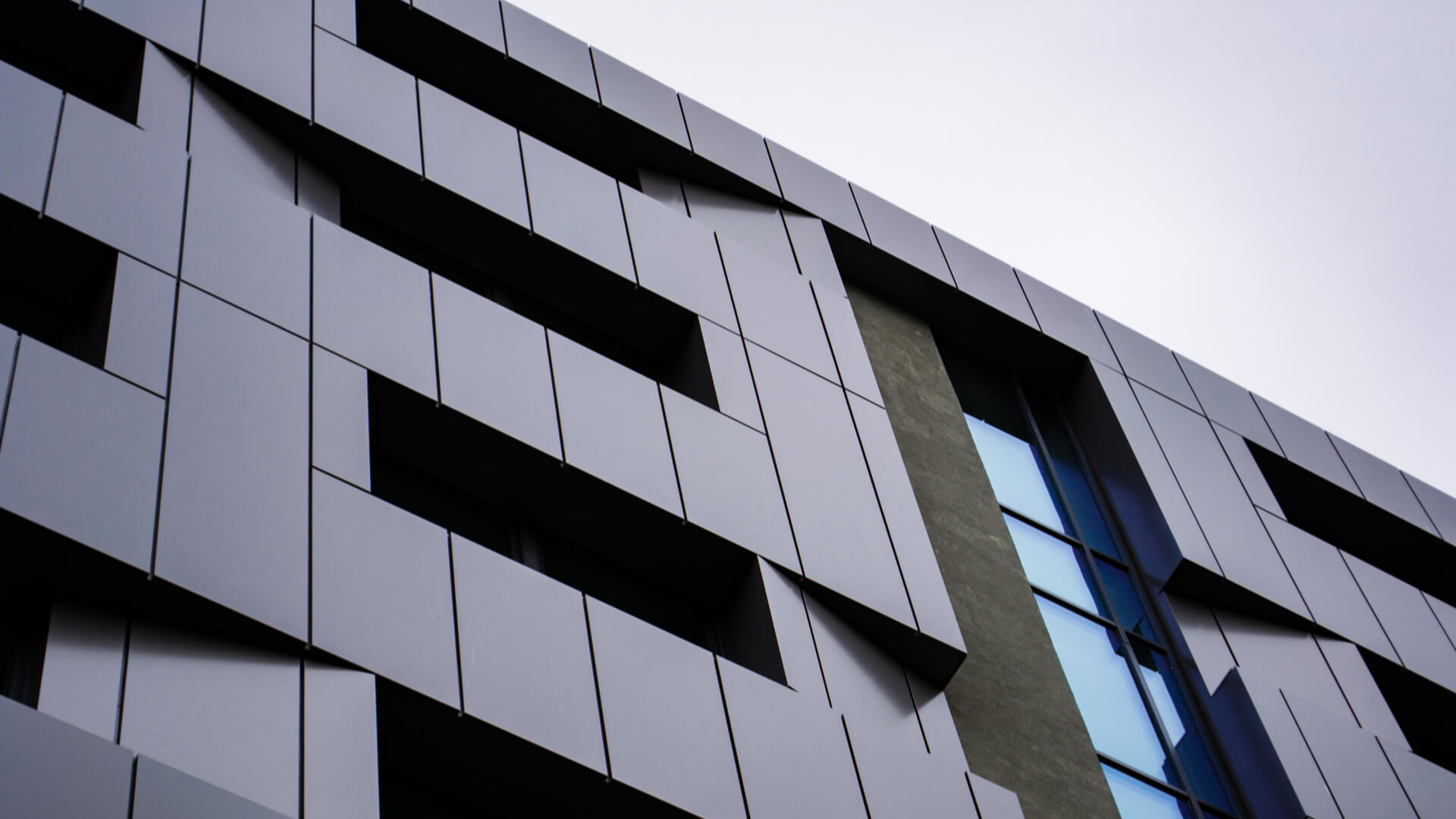In today’s rapidly evolving world, the pursuit of sustainable design has become a paramount concern in the field of architecture. As architects strive to create structures that harmonise with the environment and minimise their ecological footprint, the choice of building materials plays a pivotal role.
Among these materials, architectural aluminium has emerged as a versatile and sustainable solution. Aluminium sustainable designs can, in fact, be used in external structures, such as in façades and cladding, composite panels and roof coverings, and as an eco-friendly interior design material for applications such as lighting components, walls covering, counter ceilings, electrical appliances, offering a multitude of benefits.
From enhancing energy efficiency and reducing carbon emissions to promoting recyclability and durability, the use of architectural aluminium has revolutionised sustainable design practices.
Energy efficiency starts with eco-friendly design materials: the role of aluminium in building energy savings
In the pursuit of eco-friendly design materials, energy efficiency stands as a crucial aspect. As buildings account for a significant portion of global energy consumption – 30% according to the International Energy Agency -, architects and engineers are constantly seeking innovative solutions to reduce energy usage. Aluminium is one of the key elements of sustainable architecture which plays a pivotal role in building energy savings.
Due to their unique properties, architectural aluminium solutions are increasingly being adopted by architects and designers in various elements of buildings. For example, aluminium offers exceptional thermal performance, acting as an effective barrier against heat transfer. This enables buildings to maintain a more stable indoor temperature, reducing the need for excessive heating or cooling. In addition, aluminium is also used in architectural systems for heating applications in order to maximise energy efficiency and performance. A common one is radiators, where aluminium is favoured for its ability to rapidly conduct and distribute heat.
The lightweight nature of aluminium also allows for quick heat transfer, ensuring that rooms can be heated efficiently and effectively. Additionally, aluminium’s corrosion-resistant properties make it an ideal choice for heating system components, as it can withstand the high temperatures and moisture often associated with heating systems.
Furthermore, aluminium’s malleability allows for the creation of intricate designs and fin structures, maximising surface area for heat exchange. By utilising aluminium in heating systems, architects and engineers can create efficient, durable, and environmentally friendly solutions for heating homes, offices, and other buildings.
Recyclable materials: aluminium as a sustainable solution for waste reduction
Is aluminium sustainable? Aluminium is certainly a sustainable solution. Its use allows for waste reduction due to the material’s inherent recyclability and durability. Unlike many other materials, aluminium can be recycled repeatedly without losing its quality or physical properties: according to The Aluminium Association, in fact, nearly 75% of all aluminium ever produced is still in use today.
This means that at the end of their life cycle, aluminium products can be collected, sorted, and processed for recycling, reducing the amount of waste sent to landfills. Recycling aluminium also requires significantly less energy and resources compared to primary production, resulting in reduced carbon emissions and environmental impact.
By choosing aluminium as a building material, architects and designers actively participate in the circular economy, where materials are reused and recycled, promoting a more sustainable and waste-free future.
Benefits of aluminium in constructing long-lasting structures
In addition to its sustainability and malleability – which gives architectures and designers a wide range of possibilities in terms of aluminium eco designs – this extraordinary metal has become so popular in the construction industry also because of its remarkable strength-to-weight ratio.
Despite weighing much less than other materials – 65% less than steel, for example – aluminium possesses exceptional strength, allowing for the construction of structures that can withstand heavy loads and adverse weather conditions.
Further explore the role of aluminium in eco-friendly architecture
Flexible designs: how aluminium enables versatile and aesthetically pleasing architectural solutions
One of the key advantages of aluminium is its malleability which, combined with different treatment processes, gives architects and designers the possibility to choose from a wide range of colours and finishes.
From curvilinear façades to intricate geometric patterns, aluminium can be manipulated to create visually striking architectural elements. This versatility offers architects the freedom to experiment with different shapes and styles, resulting in unique and captivating structures.
The use of aluminium in flexible designs has revolutionised the architectural landscape, allowing for the creation of buildings that seamlessly blend functionality, aesthetics, and sustainability. Whether it’s in the form of sleek curtain walls, bold structural elements, or intricate detailing, aluminium offers architects the flexibility to bring their visions to life.
How architectural aluminium systems contributes to environmental sustainability
As we have seen, in addition to being practically infinitely recyclable, the use of architectural aluminium systems allows to reduce the energy needed to manage some crucial aspects of a building, such as heating and lighting. But aluminium’s contribution to environmental sustainability does not end there; another advantage of the material is its corrosion resistance.
Unlike other metals, aluminium forms a natural oxide layer on its surface when exposed to air, which protects it from rust and corrosion. This inherent resistance to corrosion ensures that structures built with aluminium have a longer lifespan, reducing the need for frequent maintenance and repairs. This not only saves time and money but also contributes to the overall sustainability of the structure.
In addition, the aluminium industry is working constantly to reduce its carbon impact. In fact, over the past 30 years, the North American aluminium industry has cut its carbon footprint by more than half.
